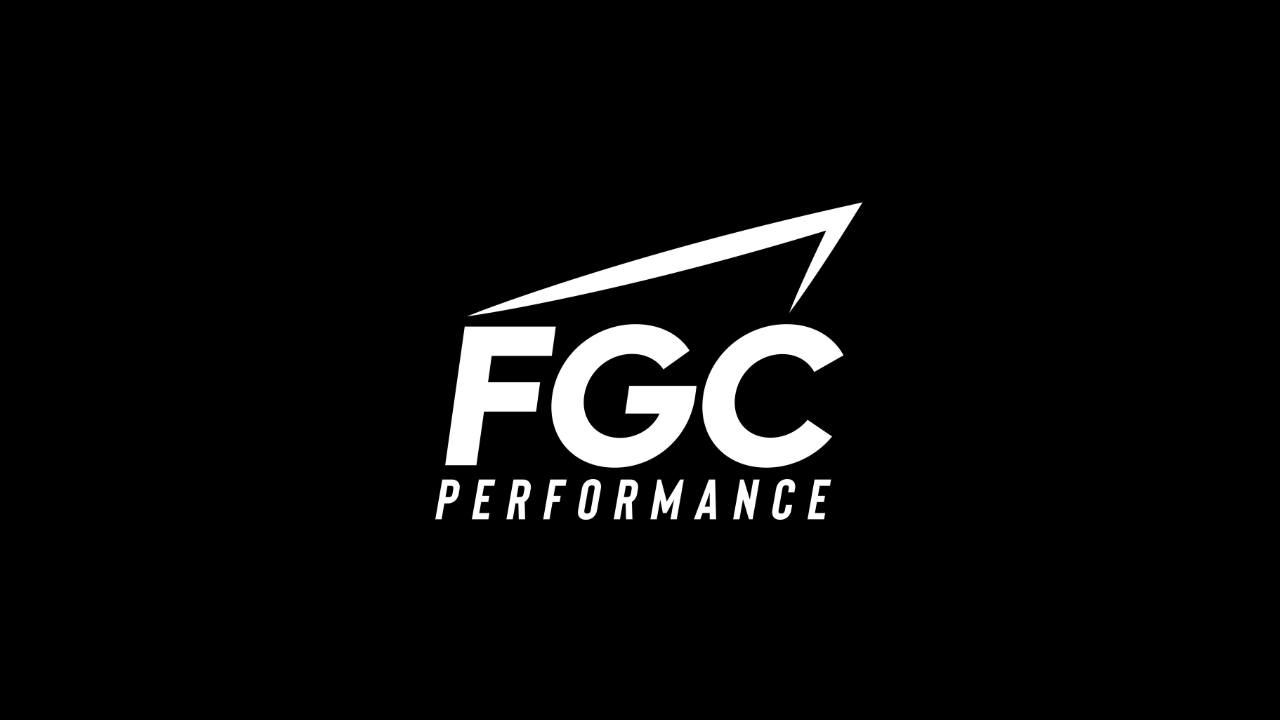The affordable rise of executive coaching is no longer a luxury reserved for Silicon Valley unicorns and Fortune 500 CEOs. It’s becoming standard practice for any leader who wants to stay sharp, grounded, and ahead of the curve.
It isn’t therapy. It’s not life advice. It’s not motivational fluff. It’s a structured, practical partnership that helps high-performers operate at their best, consistently.
And when done right, it can be one of the most powerful tools for personal growth, professional clarity, and business results.
Here’s why.
1. Coaching is Performance-Driven, Not Problem-Focused
Therapy often explores the past. Coaching is rooted in the present and future.
Rather than “fixing” something that’s broken, executive coaching focuses on optimizing what already works, building systems around it, and removing internal roadblocks that get in the way of elite performance.
That might look like:
- Sharpening decision-making under pressure
- Managing emotional responses in high-stakes conversations
- Clarifying strategic direction during times of chaos
- Building the stamina to perform at a high level without burning out
Fundamentally, this isn’t about crisis management. It’s about performance management.
2. Leaders Need a Space to Think – Without an Agenda
One of the most underappreciated parts of coaching is the space it creates.
Executives are surrounded by people who want something: input, approval, funding, a decision. It’s rare to find a space where they can think out loud, challenge assumptions, and unpack the mental clutter without judgment or politics.
A good coach isn’t there to give you answers – they’re there to ask better questions.
The kind of questions that reveal patterns, spark clarity, and drive momentum.
3. Self-Awareness is a Superpower — But Only if It’s Actionable
You can read every leadership book and listen to every productivity podcast, but if you don’t translate that awareness into intentional behavior, nothing changes.
Executive coaching bridges the gap between knowing and doing. It helps leaders:
- Spot blind spots they didn’t know were holding them back
- Build routines that match their values (not just their calendar)
- Lead in a way that reflects clarity, not just capability
Because let’s face it — everyone’s “busy”, but not everyone’s effective.
4. The Best Leaders Know Not To Go It Alone
There’s a narrative that great leaders are lone wolves – self-made, self-directed, self-reliant.
But in reality the highest performers surround themselves with coaches, mentors, advisors, and feedback loops. Not because they’re weak, but because they understand the value of leverage.
When a leader’s time, focus, and energy are stretched across hundreds of decisions a week, having one person in your corner – solely focused on helping you think clearer and lead better – becomes a serious advantage.
5. Culture Starts at the Top – So Does Energy
How an executive shows up filters down.
If they’re reactive, distracted, burnt out – so is the team.
If they’re calm, clear and focused – the team are too.
Executive coaching doesn’t just benefit the individual. It sends a ripple effect through the entire organization. Stronger leadership leads to stronger teams, smarter decisions, and a more resilient culture.
Final Thoughts?
Executive coaching isn’t about therapy.
It’s about transformation through clarity.
It’s a tool for leaders who want to stay sharp – not just now, but through every season of their leadership journey.
Whether you’re scaling a business, leading a division, or simply trying to be better than you were yesterday, executive coaching doesn’t just help you feel more confident. It helps you perform with precision.

